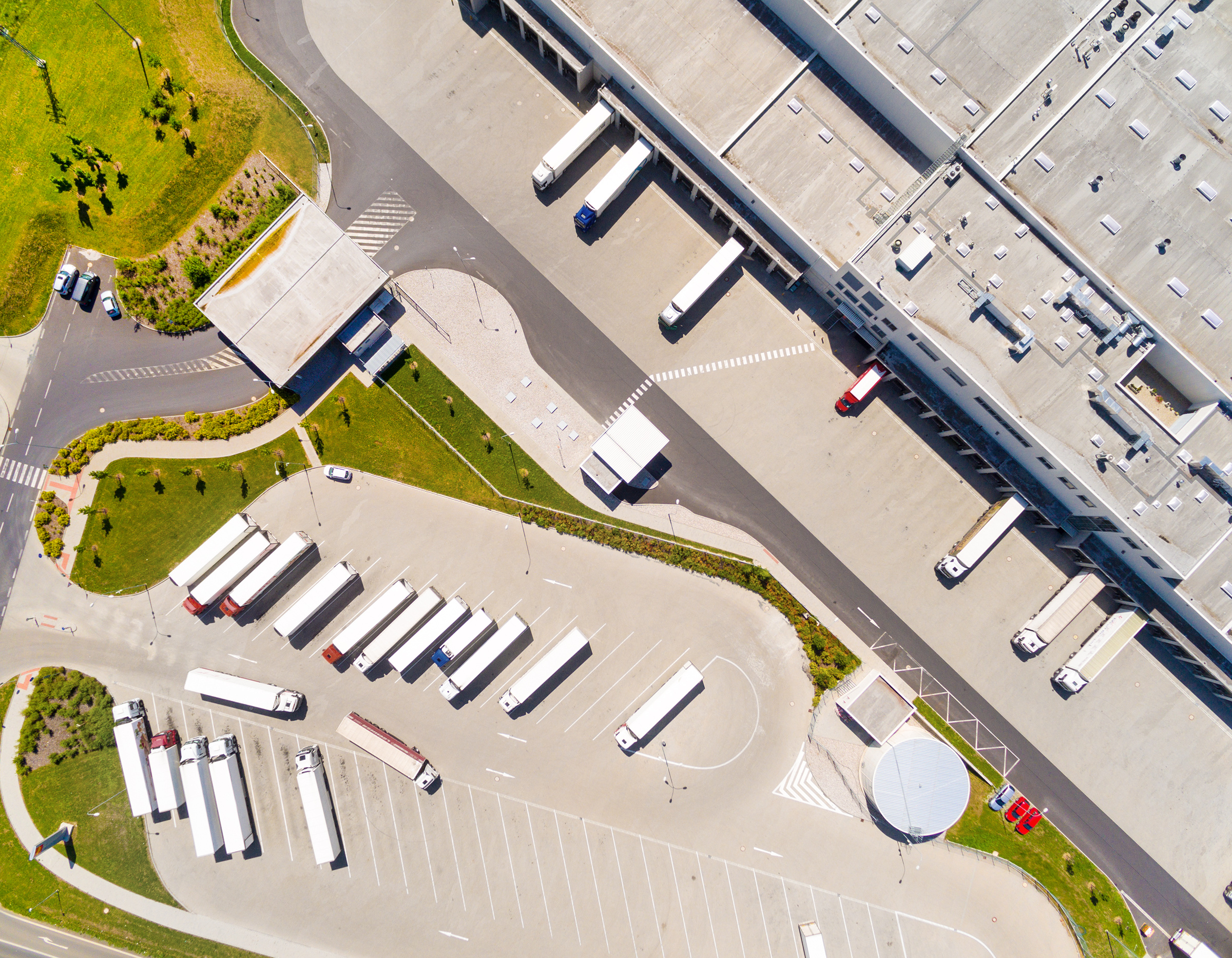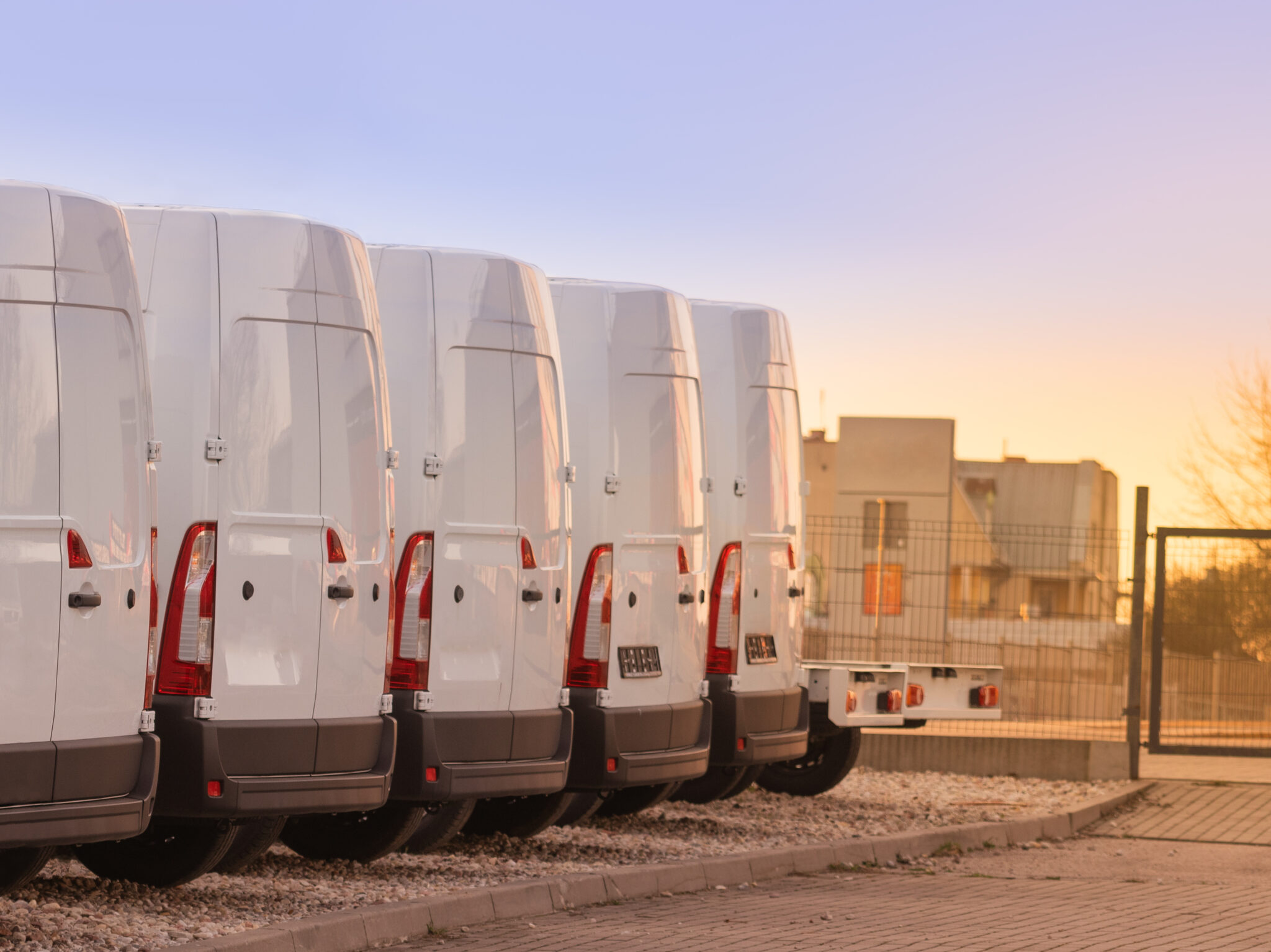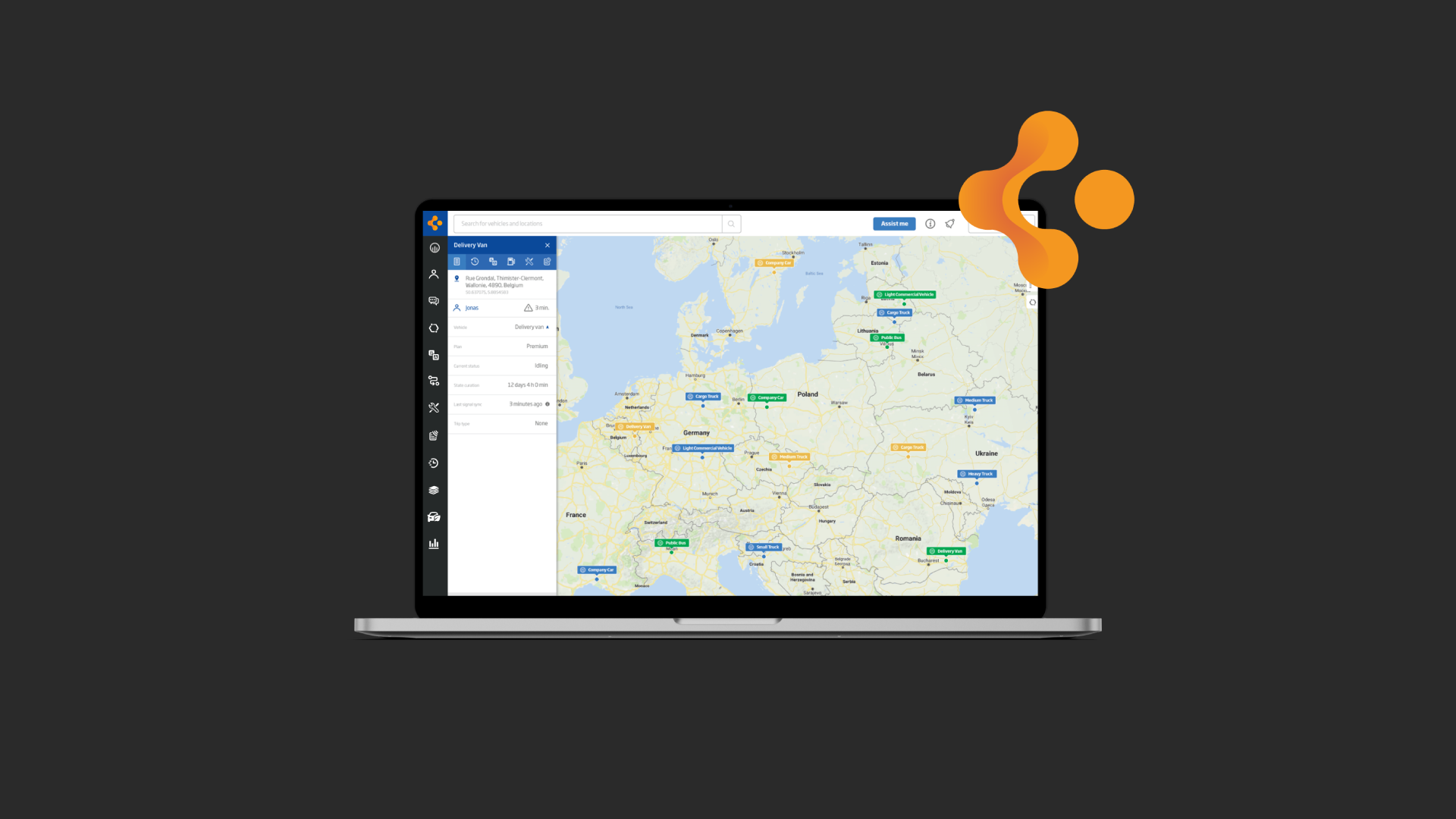What is Eco-driving
Is it the type of driving that saves the finances of your company? Contributes to nature protection? Or is it the driving mode fundamental to your customers, for example, to protect the environment and ensure that the cargo arrives undamaged and the transportation itself is cheaper? All these listed statements are correct, and, in general, eco-driving can be defined as a way of driving that lays on two primary principles – to drive safely and economically.
We notice that eco-driving is becoming relevant for car owners, companies of different sizes, and drivers of heavy machinery. However, companies with large fleets of HCVs pay the most attention to this. A year ago, Linqo introduced the Eco-Drive product to the market, designed to improve driver skills and increase motivation, thus saving fuel costs and protecting vehicles from damage due to improper driving. We developed it together with cargoGo, Finėjas, and other logistics companies from Lithuania and European countries.
In this article, we invite you to delve deeper into why large logistics companies spend so much time and invest in this, where they see the benefits, and how you can successfully develop and implement an economic driving solution.
Cleaner Environment. Less CO2
On average, how much fuel a truck or other vehicle consumes depends on numerous factors – a year of production and its manufacturer, road, weight, etc. Still, the fuel consumption of a fully loaded truck can reach about 30l/100km of diesel when traveling on a route of moderate difficulty. Many specialists would say this is average, but our customers’ experience demonstrates that it can be otherwise. By driving economically, you can save about 2l/100km of diesel, equivalent to about 500g of CO2 not released into the environment.
Can you imagine our impact on nature by driving more economically? For the sake of interest, we calculated that a logistics company with 100 trucks could save about 650t of CO2 in just one year – the same amount of CO2 we would emit into nature if we circled the Earth 87 times in a passenger car!
Safety & Security
Discussions about a greener world are intensifying and are just as important to our partners and customers. Unfortunately, for carriers’ customers, this is often not the most critical factor when choosing a carrier and its services – it’s still overshadowed by the desire for the cargo to be delivered quickly (i.e., on the agreed time) and unharmed. Our system identifies drivers and shows how they drive the vehicle, whether they use the car’s intelligent control and safety systems, saving a lot of fuel. The system also records how the driver predicts his road ahead, including the vehicle’s acceleration and braking speeds. Based on the Eco-Drive data, continuous eco-driving training of drivers helps avoid traffic accidents, loss of finances, cargo damage and will ensure safety.
Benefits For a Vehicle Itself
Fuel isn’t the only cost to keep a car running. Other parts need to be replaced, repaired, and maintained due to improper operation of the vehicle, making the service visits closer. Aggressive accelerations and braking harm both the gearbox and the engine itself, not to mention squealing tires. All these forceful actions are recorded by the Eco-Drive system and are displayed when calculating the eco-driving score, so it is an auxiliary tool for saving car operating costs.
Massive Financial Savings
With more than 900 trucks, our partner, cargoGo, has dedicated its time and participated in the Eco-Drive testing and development activities in search of the best product. From the report below, we can clearly see that the effort pays off munificently – a cargoGo driver transporting a payload of 30 tonnes reaches a fuel consumption of 23.6l/100km, which is >20% less than the market average (about 30l/100km).

This cargoGO example is inspiring and confirms that it is possible to save at least 2 liters of fuel per 100 kilometers only by using Linqo eco-driving system. Some customers can boast of fuel savings reaching 5l/100km, and we must admit that this is still not the limit. Let’s calculate how much money this can help you save:

It is easy to imagine what can be done for the company’s benefit at the expense of these saved costs of 360,000 EUR. However, much work must be put in to achieve such a result. The most critical tasks here are organizing and implementing eco-driving training and initiatives to promote driver motivation and engagement.
How to Educate Drivers to Drive Economically
Considering a logistics company with 100 HCVs, we calculate that this company employs about 200 drivers. The work that requires extensive time resources is to train them to drive more economically and advise theoretically and practically. Linqo experience shows that the best results are achieved by having an eco-driving instructor in the company who takes care of this initiative. For exceptional efficiency – even a few. For companies with less than 50 trucks, we recommend hiring an external eco-driving instructor available both in Lithuania and throughout Europe.
How to Increase Drivers’ Motivation
Perhaps, the biggest question is how to motivate them to save the company’s resources and the environment. The desire to learn is often significantly increased by a transparent motivational system. Let’s remember more than 350 thousand potential fuel cost savings in EUR. Examples of companies that have successfully implemented eco-driving initiatives prove that sharing these finances with employees is the most effective investment to motivate them to drive ecologically and economically.
Our clients use a variety of financial and non-financial incentives to engage drivers in this eco-driving initiative. It could be a monetary supplement to the salary as a bonus, a trip to Turkey with the family; the most economical driver of the month could win a brand new TV, or the best driver of the year could be encouraged even more by an electric scooter.
We truly understand that all additional initiatives require additional efforts. However, with the Eco-Drive system, all these ratings are extremely easy to perform. Both the driver himself is able to see his result, and the instructor can compare the results of all drivers in the system, identify areas that need to be corrected and try to improve them. Since the technical details have been taken care of by Linqo, ensuring an additional motivational system for drivers now becomes more effortless. And since this investment goes specifically to the company’s employees so that they save the company’s assets, use fewer resources and protect the environment, all this affects the entire ecosystem of the company.
Overview
Linqo experience proves that saving at least 2l/100km by implementing eco-driving solutions for a logistics company is now more possible than ever. We have prepared all the technical tools for you, and we invite you to join us with time, resources, and creative ideas for motivating employees to drive more economically.
We believe that cooperation in the transport industry is the true path to success. Therefore, we are happy to develop complex and advanced solutions as Eco-Drive with customers throughout Europe.








